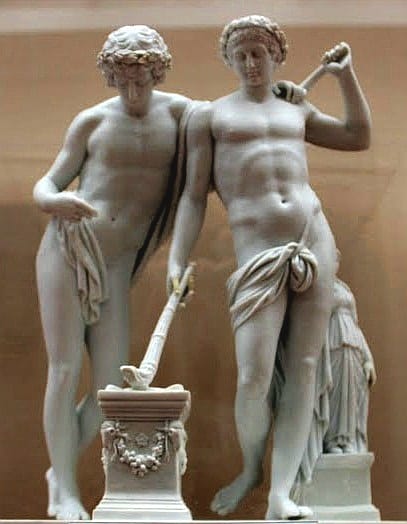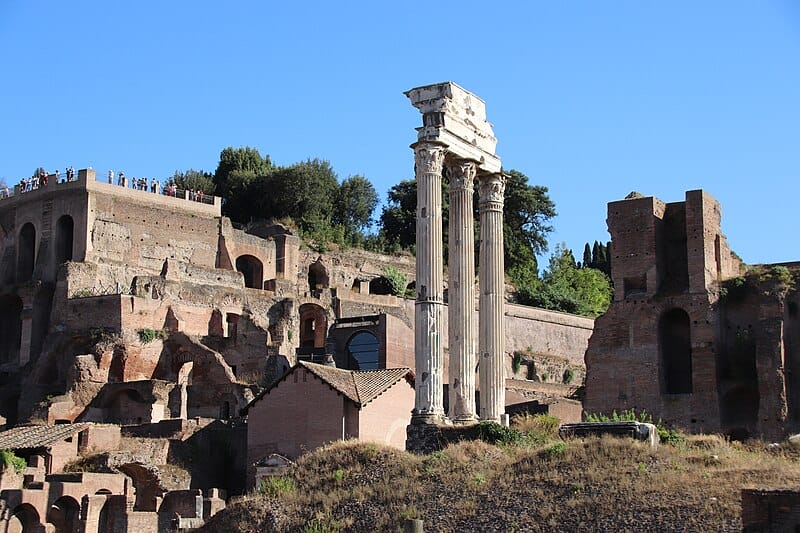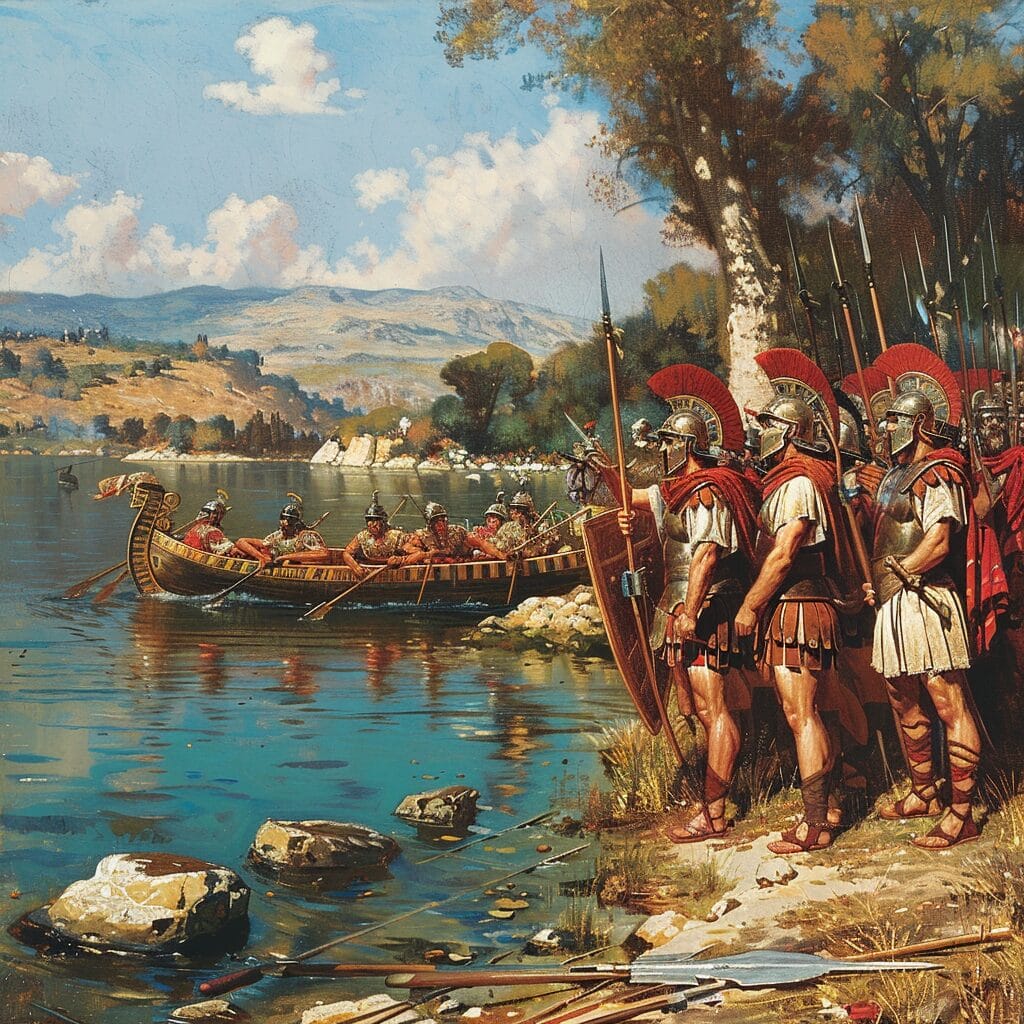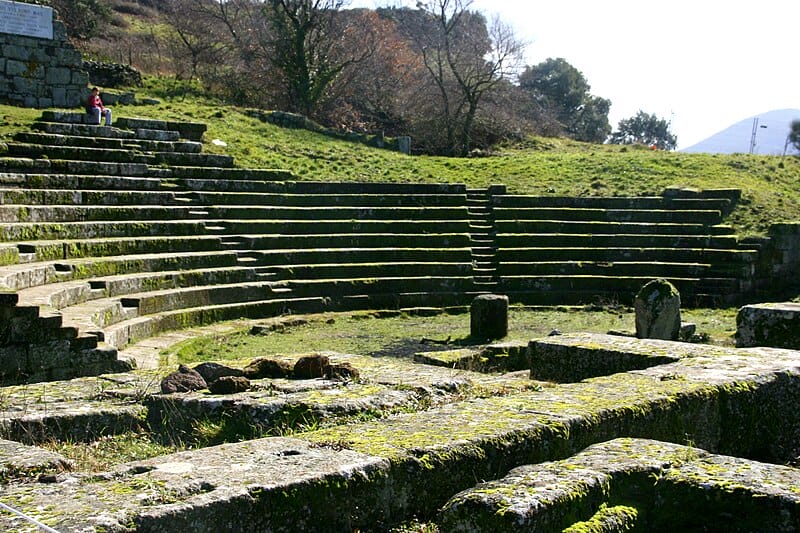Lake Regillus played a significant role in the early history of Rome. Located in Italy, this ancient body of water is best known as the site of the legendary Battle of Lake Regillus, which took place in the early Republic period. The skirmish is a foundational part of Roman mythology, highlighting the city-state’s emerging military prowess and the sociopolitical landscape that defined early Rome. The conflict fought between Roman forces and the Latin League is steeped in both myth and fact, emblematic of the blurred lines between history and legend that often characterize Rome’s ancient past.
Beyond its military relevance, Lake Regillus also bears religious significance. It was believed that the divine intervention of Castor and Pollux, known as the Dioscuri, occurred here, aiding the Romans to victory. This purported celestial episode would later be celebrated in Roman society and worship, symbolizing the gods’ favor and interest in the early Republic. Such events also illustrate the integration of mythology into the historical narrative, serving to reinforce social cohesion and Rome’s divine destiny.

Key Takeaways
- Lake Regillus is notable for the pivotal battle that occurred there, shaping Rome’s early history.
- The lake holds religious significance due to reported divine interventions during the battle.
- Its legacy continues to influence cultural understanding and the modern perspective of ancient Rome.
Historical Background
Rome and the Latin League
In the developing years of the Roman Republic, after the overthrow of the last Roman king, Lucius Tarquinius Superbus – also known as Tarquin the Proud – tensions between Rome and the confederation of Latin states, the Latin League, were high. The Roman Republic, striving to establish itself and expand its influence over Latium, found itself often at odds with the Latin League, which was fiercely protective of its autonomy and interests.
Kingdom of Rome
The Kingdom of Rome prior to the formation of the Republic was autocratic, ruled by kings such as Tarquin the Proud. His ousting by the Romans led to the establishment of a republic with elected consuls at its head. Despite the regime change, Rome faced incessant pressures from ousted Tarquinian supporters and neighboring states, driving the fledgling republic toward conflicts culminating in the decisive Battle of Lake Regillus.
The Battle
The Battle of Lake Regillus was a decisive confrontation that played a crucial role in establishing Roman dominance in the region. Key figures, such as Aulus and Octavius Mamilius, took center stage in this encounter between the Romans and their adversaries.
Combatants
The Romans, led by the dictator Aulus Postumius Albus, and their allies from Tusculum faced off against the Latins under the command of Octavius Mamilius. The Latins were supported by contingents from the Volsci and other Latin cities. Also, the last and exiled Roman king, Tarquinius the Proud was one of the leaders of the opposing army.
Course of the Battle
The battle unfolded near Lake Regillus in a fiercely contested struggle. Legendary accounts tell of the Dioscuri, Castor, and Pollux appearing on the battlefield in support of the Roman forces. The Roman cavalry played an important role, purportedly led by these divine twins, tipping the scales toward a Roman victory.
Outcome and Aftermath
The outcome was a significant Roman Victory, which effectively ended the Latin War. The victory at Lake Regillus ensured Roman supremacy in the region and led to the dissolution of the Latin League. The heroics of individuals such as Horatius were immortalized in Roman lore, becoming a part of the foundation myth of Roman society.
Religious Significance
The Battle of Lake Regillus was a defining moment intertwining the military triumphs of Rome with its religious life, particularly through the veneration of the divine twins, Castor and Pollux. This backcloth of war and faith carved a lasting religious significance into Roman tradition and political climate.
Temple of Castor and Pollux
Following the Roman victory at Lake Regillus, it is recorded that the Temple of Castor and Pollux was constructed in the heart of Rome, more specifically in the Roman Forum. The establishment of this temple was not just a tribute to the twins who aided in the battle but also served as a continual reminder of their presence and assistance to the Roman cavalry. They were honored not only for their mythical intervention but also for their role as patrons of the horsemen and fighters.

The Temple of Castor and Pollux reportedly had functions extending beyond the military, also encompassing elements of healing, marking it as a place of multifaceted significance.
The Gods and the Roman State
In the Roman state, the gods were deeply entwined with the political and social spheres. Deities like Mars and Vesta were central to the state religion, Mars being associated with military might and Vesta with the hearth and home. The crucial victory at Lake Regillus amplified the prominence of the gods, reaffirming their station at the core of Roman society and governance.
This divine association with the state was further emphasized by consecrations and the establishment of temples as physical embodiments of divine will and favor – indispensable components of Rome’s public and political domains.
Ides of Quintilis
The Ides of Quintilis, known better today as July 15, held particular importance in the Roman calendar due to its connection with the dedication of the Temple to Castor in 484 BC, commemorating the victory at Lake Regillus. On this day, the temple was the focal point for celebrations, and the connected legend of Castor and Pollux’s divine intervention became a part of the festivities. It was a time when the divine connection to Rome’s military successes was celebrated, and the narratives of gods among men were recalled and ritualized.
Cultural Impact
Literature and Myth
In literature, the Battle of Lake Regillus is a focal event in Roman history, vividly retold by Titus Livius, known as Livy, who infused his narrative with elements of legend and myth. This historical battle was famously associated with the appearance of the Twin Gods, Castor, and Pollux. The twins, who played a crucial role in the Roman victory, have their origins in Homer’s Iliad, symbolizing the divine favor bestowed upon the Roman people.

Roman Identity
The narrative of Lake Regillus, replete with divine intervention and heroism, became a cornerstone in the construction of Roman Identity. The Dioscuri, Castor, and Pollux are celebrated within Roman culture, serving as a perpetual reminder of the city’s legendary origins and the protective presence of these twin deities. Their embodiment in the Roman mythos resonates with concepts of valiance and brotherhood, ideals that would continue to influence the character and values associated with Roman cultural identity.
Modern Perspective
In recent years, the study of Lake Regillus has been shaped by fresh archeological discoveries and rigorous historiographic debates. This has led to a re-evaluation of its historical significance, especially regarding the famous battle that took place in its vicinity.
Archeology of the Region
Frascati, an Italian town near the ancient site of Lake Regillus, has become central to archeological efforts. Excavations in the region have sought to locate definitive evidence of the battle’s precise location. Although the ancient crater lake has since been drained, these studies rely on geophysical surveys and artifact patterns to reconstruct the landscape. The latest findings indicate settlement traces from the Latium period, suggesting a historical continuity in the area.

Historiographic Debates
Historians remain divided on how to interpret the significance of Lake Regillus in the context of the struggle for supremacy among early Latines. Some hold that the battle’s details, often wrapped in legend, reflect the nascent Roman inclination towards myth-making as a form of socio-political control. Others counter this by assessing the strategic importance of the site, located near Cumae, arguing that control over the lake’s region would have been a crucial factor in Rome’s early expansion. The debate reflects a broader discussion in modern historiography about the thin line between myth and recorded history in ancient sources.
People Also Ask:
What is the significance of the Battle of Lake Regillus in Roman history?
The Battle of Lake Regillus was a decisive early conflict in Roman history that showcased the Republic’s military prowess and solidified its influence over neighboring territories. This engagement played a critical role in establishing Roman dominance in the Latin region.
Who were Castor and Pollux, and what is their association with Lake Regillus?
Castor and Pollux, known collectively as the Dioscuri, are figures from Roman and Greek mythology associated with the Battle of Lake Regillus for their legendary divine intervention, which was seen as a sign of the gods’ favor towards Rome.
Can you provide a summary of the events that unfolded during the Battle of Lake Regillus?
The Battle of Lake Regillus fought between the Roman Republic and the Latin League, unfolded as a fierce clash where strategy and might determined Rome’s eventual victory, an event commemorated in Roman lore and culture.
What were the consequences of the Roman victory at Lake Regillus?
The Roman victory at Lake Regillus had significant consequences, including the treaty with the Latin League, which helped safeguard Rome’s territories and influenced the structure of its military and political alliances.
How did the Battle of Lake Regillus influence the relationship between Rome and the Latin League?
The Battle of Lake Regillus fundamentally altered the dynamic between Rome and the Latin League, transforming it from one of subdued hostility to a more collaborative and structured alliance that would greatly shape future regional interactions.
What were the primary reasons for the conflict that led to the Battle of Lake Regillus?
The conflict leading to the Battle of Lake Regillus sprang from Rome’s expansionist ambitions and the Latin League’s resistance to Roman hegemony, which resulted in a struggle for control and influence over the region.
Hello, my name is Vladimir, and I am a part of the Roman-empire writing team.
I am a historian, and history is an integral part of my life.
To be honest, while I was in school, I didn’t like history so how did I end up studying it? Well, for that, I have to thank history-based strategy PC games. Thank you so much, Europa Universalis IV, and thank you, Medieval Total War.
Since games made me fall in love with history, I completed bachelor studies at Filozofski Fakultet Niš, a part of the University of Niš. My bachelor’s thesis was about Julis Caesar. Soon, I completed my master’s studies at the same university.
For years now, I have been working as a teacher in a local elementary school, but my passion for writing isn’t fulfilled, so I decided to pursue that ambition online. There were a few gigs, but most of them were not history-related.
Then I stumbled upon roman-empire.com, and now I am a part of something bigger. No, I am not a part of the ancient Roman Empire but of a creative writing team where I have the freedom to write about whatever I want. Yes, even about Star Wars. Stay tuned for that.
Anyway, I am better at writing about Rome than writing about me. But if you would like to contact me for any reason, you can do it at contact@roman-empire.net. Except for negative reviews, of course. 😀
Kind regards,
Vladimir
